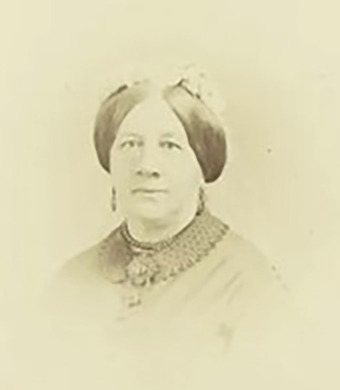Jackson pointed out that the types of data management solutions provided by Ovation were of great interest to a museum like Gibson House, and asked if Ovation would consider sponsoring the museum’s upcoming 26th Annual Benefit in Boston’s Back Bay to help support its mission.
Illuminating the rich history and unique character of this special home teaches new generations about life in the 19th century. Consequently, Ovation was delighted to sponsor the primary event that raises critical funds to help maintain the house and generate new public programs.
Gibson House Museum Mission
- Preserving the 1859 row house and its collections.
- Exhibiting and interpreting the house in its urban context to provide education and enjoyment for the general public, students, and scholars.
- Relating the stories and lives of the Gibson family and their employees in a way that resonates in the 21st century.
- Promoting an appreciation of Back Bay social history, material culture, literature, and the arts.
Boston’s Back Bay
Gibson House History

The story of the Gibson House begins with a young mother and recent widow, Catherine Hammond Gibson. In 1859, she decided to move to Boston’s newest and trendiest residential neighborhood, Back Bay, with her son Charles. She paid $3,696 for the property at 137 Beacon Street (approximately $112,000 today), and commissioned noted Boston architect Edward Clarke Cabot to design the Gibson House. From 1860 until 1954, seven different Gibson family members and dozens of their employees lived at the house. Its interior is filled with the family’s original furnishings — elegant wallpapers, imported carpets, and an abundance of furniture, art, and family heirlooms. Its working spaces, including a kitchen, laundry room, and coal shed, also remain.
The Gibson House Museum exists because of the vision of Charles Hammond Gibson, Jr., (1874-1954). Known as “Charlie,” he was the grandson of Catherine Gibson. A poet, horticulturist, and notable Boston character, Charlie never married nor had children. In 1934, at the age of sixty, Charlie returned home to 137 Beacon Street to care for his aging mother. She passed away later that year, and beginning in 1936, he decided to preserve his home as a Victorian-era historic house museum and a monument to his family’s legacy and to the Boston of his youth. He overlaid his 1930s-era perspective as a gay man onto his family’s 1800s-era Victorian possessions. Charlie died in 1954 at the age of eighty. The Gibson House officially opened to the public as a museum in 1957 and has remained open since.